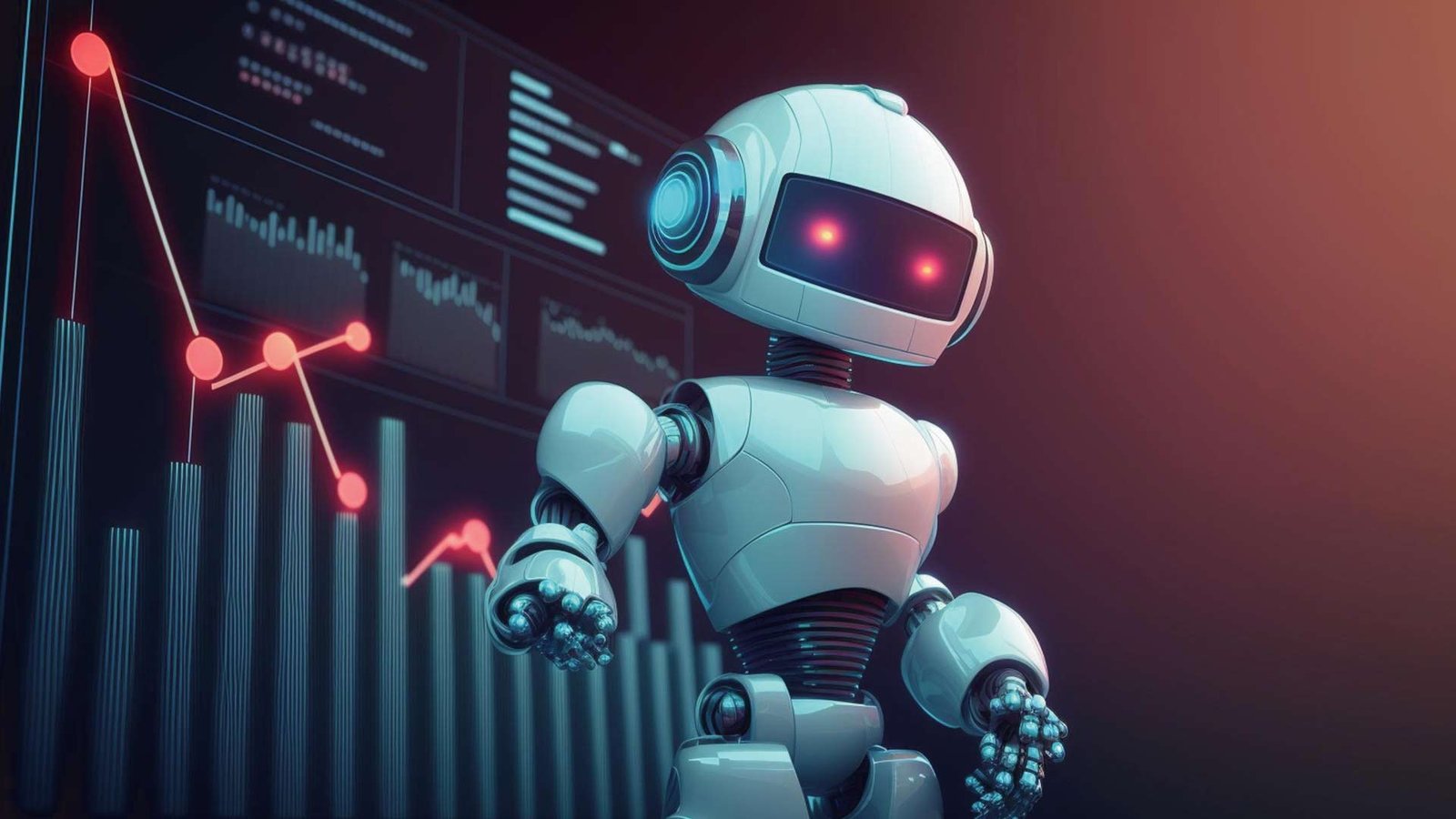Unveiling the potential: Explore how AI, as foreseen by Elliott Hoffman, Co-founder of AI Tool Tracker, can revolutionize the prediction of natural disasters. Delve into the article for an enlightening perspective on this crucial advancement.
Artificial intelligence (AI) is already transforming many parts of our lives. By using machines to mimic human intelligence, it can be used to do everything from personalised shopping to driving autonomous vehicles and even fraud prevention.
One of AI’s newest and most vital applications, however, is in forecasting the weather. Given the increasing unpredictability, frequency and severity of natural catastrophes and extreme weather events caused by climate change in recent years, it’s an invaluable tool in tackling the problem.
By monitoring historical data of weather patterns and being able to predict what may happen, AI can be used to foresee potential disasters before they happen. If done sufficiently ahead of time, this enables communities and businesses to take the appropriate action, whether that’s building or reinforcing their defences, or moving away from the area.
The traditional method
Previously, meteorologists would have had to wade through vast amounts of data manually to spot these key weather trends. But all that has changed almost overnight thanks to the advent of AI tools.
By using machine learning algorithms, AI systems can analyse all this information in a fraction of the time, and more accurately and efficiently, without the risk of human error. By looking at historical weather patterns and comparing them to the current conditions, it can then predict potential anomalies that may result in natural catastrophes.
Forecasting earthquakes
Among the biggest risks in recent times are earthquakes. Only in February, a Mw 7.8 earthquake struck southern and central Turkey and northern and western Syria, causing almost 60,000 deaths and destroying thousands of properties and vital infrastructure.
Predicting earthquakes is notoriously challenging due to the complex nature of seismic activities. But, by using machine learning to examine the data, AI has been proven to be highly effective in forecasting such events.
In Japan, a country which is prone to sudden and devastating earthquakes, AI systems have been implemented to predict seismic activities. By analysing the data, they have been able to provide early warnings, thus helping to minimise damage in the area and to save many people’s lives.
Flood predictions
Another problem that has become increasingly prevalent is flooding. When they strike, floods can be devastating, causing widespread damage, especially in densely-populated areas or regions.
But by using AI, scientists can make early and accurate flood forecasts. This can help in organising people to be evacuated and other preventive measures to be put in place, such as erecting flood defences like dams and levees.
India has been particularly susceptible to flooding in recent years. So, Google and the Central Water Commission partnered to implement an AI-based flood forecasting system for the country, which, since its launch, has significantly improved the accuracy and timing of flood warnings, thus reducing potential damage.
Wildfire detection
Wildfires have also increased in severity and frequency in recent years. Previously, they were largely limited to places such as California in the US, but now they are becoming increasingly common in regions like Europe and Australia too.
Detecting wildfires early is key to significantly reduce their potential destruction. By analysing satellite imagery, AI can spot signs of a wildfire much faster than traditional surveillance methods.
Given it’s hot and dry climate, California is prone to devastating wildfires. But thanks to newly-implemented AI technology, wildfires can now be more quickly and accurately predicted and detected, helping to fight fires more effectively, thus saving both lives and property.
Future of AI in disaster management
Given the promising results so far, AI looks set to play a key role in disaster management moving forward. But its implementation in this area isn’t without its challenges, namely data privacy and security, and the high costs associated with its adoption and development, which can be a significant barrier to entry.
Then there’s the lack of qualified and skilled professionals needed to implement, develop and maintain these systems. Added to that, AI also raises significant ethical challenges, such as biased or discriminatory algorithms and the potential loss of human jobs.
To overcome these challenges, the technology providers need to collaborate with governments to ensure data privacy and security. They should also seek funding from global organisations and private investors to support AI’s implementation and development.
Investment in education and training programs is also key to developing skilled AI and disaster management professionals. Additionally, the ethical concerns can be addressed through the use of transparent development and implementation processes, highlighting the benefits of AI’s application within disaster management.
AI benefits
Despite its challenges, AI’s benefits by far outweigh its downsides. As well as providing faster and more accurate forecasts and early warnings, it also results in better decision-making through the use of data-driven insights and suggestions.
Other key advantages include resource optimisation, with AI being used to more effectively allocate resources, ensuring timely response and recovery efforts. It can also help to minimise property damage and save lives, as well as allowing for a better preparation and response.
As AI systems are continually being improved through machine learning, they are becoming increasingly more accurate in their predictions. Their capability to predict and prevent natural disasters is expected to be only further enhanced by integrating AI with other technologies such as the Internet of Things and Big Data.
AI has huge potential in predicting and preventing natural disasters. As it becomes increasingly more widely adopted across the world, it can play a vital role in minimising the damage caused by natural disasters and, ultimately, saving lives.
Visit AITechPark for cutting-edge Tech Trends around AI, ML, Cybersecurity, along with AITech News, and timely updates from industry professionals!

